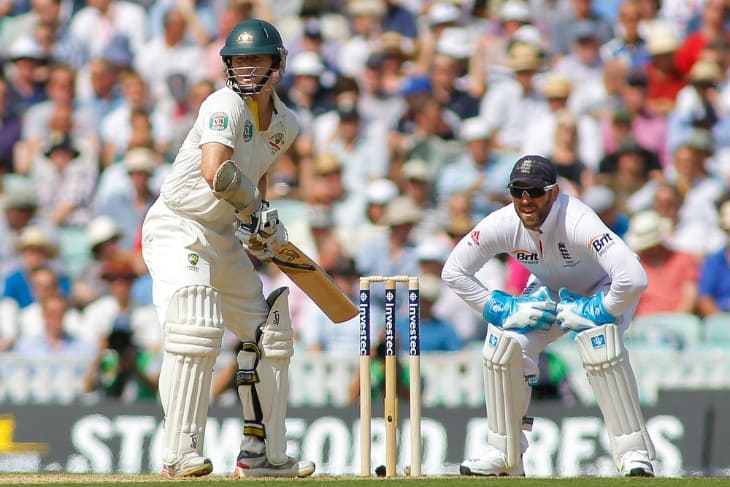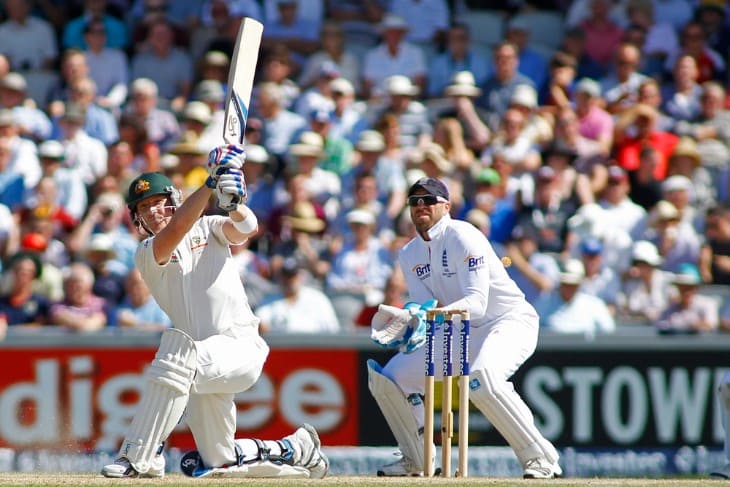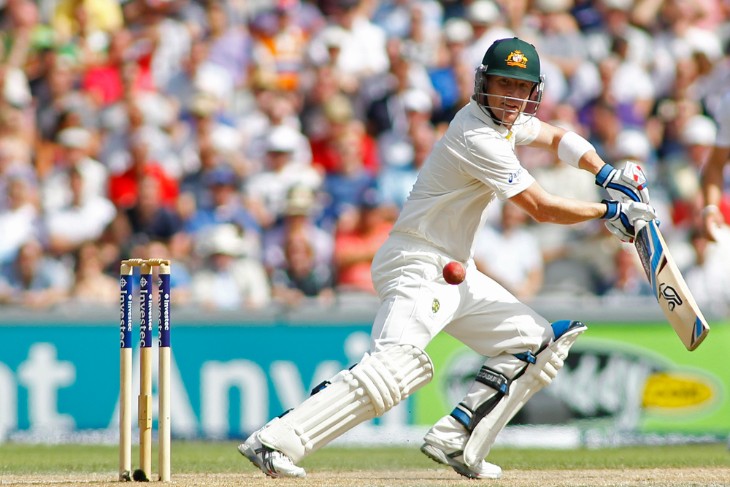- Early Days: First Efforts at Protecting Heads
- The 1970s and 1980s: The Arrival of Modern Helmets
- Technological Advancements: Enhancing Protection and Comfort
- The Influence of International Standards and Regulations
- Customisation and Personalisation: Responding to Individual Requirements.
- The Future of Cricket Helmets: Innovations on the Horizon
- Challenges and Controversies: Balancing Safety with Tradition
- Raising Awareness and Education: The Role of Cricket Helmets in Player Safety
- In Summary
Cricket is a game of beautiful play and tough competition that has seen vast improvements in player safety. The development of cricket helmets is a vital part of this change. From crude protective devices to today’s sophisticated helmets, the journey reflects the growing consciousness about security for players.
The article investigates how cricket helmets have changed over the years by highlighting the main developments and milestones that have brought about their transformation.
Early Days: First Efforts at Protecting Heads
In the early days of cricket, head protection was hardly thought about. Players were skilled enough not to get hurt without thinking much about protective gear for their heads. The lack of headgear was mostly due to norms of the time, as well as because cricket was not played at such high speeds as today. It was a different era where there were no loud warnings associated with fast bowling.
However, as the game developed and pace bowlers became faster, it became increasingly apparent that there had to be some means of protecting the head. The first steps towards offering some kind of head protection were quite rudimentary. The players began trying out various shields made from fibreglass or metal being put into their caps or hats as they went on the field to play matches like other sportspersons around them did. These attempts were makeshift and provided minimal comfort and protection but gave an illusion of safety rather than an actual one.
A turning point came after several high-profile incidents involving severe head injuries suffered by players during matches. These incidents triggered a debate among cricketers regarding necessary measures for providing adequate head protection for players within games ever since then it has become clear that times have changed and player safety should be at the forefront in such cases – big innings scores may seem too meaningless compared to human life at risk! This period signalled a more serious approach towards helmets.
Nevertheless, these early efforts did not result in perfect helmet designs, which weighed heavily on players, were uncomfortable on their heads or hampered movement and vision. However, they marked a significant step towards acknowledging the importance of head protection in cricket. This served as a foundation for more sophisticated helmet designs that would play vital roles in the safety of cricketers worldwide.
The 1970s and 1980s: The Arrival of Modern Helmets
The 1970s were characterized by modern helmets in cricket. This was the era when the first-ever cricket helmets emerged completely changing and reshaping approaches to player's safety.
These helmets were a far cry from the makeshift solutions of the past. They had a stronger structure with cups made up of fibreglass or polycarbonate materials but most importantly, they comprised grills to protect the faces.
In most cases, these helmets were large and did not fit well on players' heads being uncomfortable to wear during matches. Players often found them restrictive, as they affected visibility and movement. However, their level of protection was unmatched before this time. For instance, it was for the very first time that professional cricketers could get access to gears capable of greatly reducing the chances of serious head injuries.
It took time before all players embraced the use of these helmets; some players adopted them faster than others did. Eventually, however, after numerous other benefits became clear over time, such headgear became conventional within world cricket circles.
Cricket helmets evolved throughout the 1980s with an emphasis on their design and comfort. This development saw the use of lighter materials that reduced the weight of helmets but did not in any way compromise their protective nature.
Also, ventilation systems were improved for better helmet comfort, especially under hot conditions. Consequently, this encouraged many people to wear helmets as they became more user-friendly.
Helmets became a central part of a cricketer's must-have kit during this period. The helmet was now being perceived as a critical safety measure which needed to be made comfortable to have it accepted by players across the globe. As such, wearing a helmet by the end of the 1980s was generally considered normal as it marked a new era where cricket began to show its concern for player's health conditions.

Technological Advancements: Enhancing Protection and Comfort
- Improved Shock Absorption: There were substantial improvements in the shock absorption capabilities of cricket helmets between the late 1990s and early 2000s. Instead of using simple padding materials, some manufacturers now opted for high-impact polymers and advanced foam materials that could spread ball force over a wider area reducing risks associated with concussions or other head injuries.
- Enhanced Ventilation Systems: This also led to improvement in the air conditioning systems within the cricket helmets. In contrast, previous models had been condemned for being stifling despite the presence of scorching climates; therefore modern designs added strategically placed vents that allowed air inside helmet chambers to circulate freely. Thus, cricket protective gear started becoming simpler due to increased comfort levels.
- More Comfortable Padding: Besides external changes, there were internal efforts towards better naturalness of padding material used in these headgears. This included softer lightweight fabrics which made them more agreeable while wearing and even improved fitting qualities into one's crown case. Properly fitted crowns are both matters related to safety and ease hence this change meant having done significantly much towards achieving that.
- Lighter, Stronger Grilles: Another area that experienced some notable improvements was the grill (to protect the face). These new materials were lighter but stronger thus offering players better face protection without reducing their visibility. Additionally, they had an updated shape to ensure more coverage, but still enable fast bowlers to see a ball.
The Influence of International Standards and Regulations
International standards and regulations have played a major role in shaping cricket helmets over time. Therefore, this means that these guidelines have guaranteed the utmost security and safety of all cricketers at different stages of the game.
These safety benchmarks have been set by organizations such as the International Cricket Council (ICC) and British Standards Institution (BSI), which are key to driving these improvements. This involves impact resistance, material strength, and effectiveness of various grilles used as part of helmet design.
These helmets' safety standards have significantly improved over time. Consequently, manufacturers must now make sure that their gears can resist high-speed impacts arising from different forms of injuries including bouncers or fast bowling. Consequently, these days players go through more stringent tests while purchasing their equipment thus making them feel more assured about what they are playing with.
It is important to note that helmet safety standards have also brought about uniformity in this regard across countries and leagues. This is a matter of particular importance especially for cricket which is an international sport involving players from different backgrounds. Hence, through these regulations, it would not matter where you come from or what level you are playing at, you could have the same amount of head protection.
In addition, there has been more emphasis on innovative ideas as a result of these regulations. Manufacturers are looking forward to producing helmets that conform to and surpass such standards. Consequently, this competition has helped in developing new materials and designs thereby expanding the limits of what cricket helmets can offer.
Customisation and Personalisation: Responding to Individual Requirements.
- Choice of Sizes and Fittings: Modern cricket helmets come in a variety of sizes and adjustable fitting options suitable for different head shapes and sizes. This customisation ensures comfort and safety. A perfectly fitting helmet feels more comfortable on the player’s head and offers increased safety features. The adjustable straps as well as internal padding enable one to get the best fit by ensuring that the helmet remains firmly fixed during matches.
- Customised Grill Shapes: Players can now choose from different grill shapes and styles. This level of personalisation allows players to select a grille that suits their playing style and preferences. For batsmen who prefer a wider field of vision, grilles with wider gaps might be more suitable. Others might opt for closer grilles for higher protection. The ability to choose means players can find the perfect balance between safety and visibility.
- Additional Features for Comfort: Beyond safety, modern helmets also offer features for enhanced comfort. This includes sweat-absorbing liners and removable padding, which make helmets easier to clean and maintain. These features also help in managing sweat and heat, making the helmet more comfortable to wear, especially during long innings or in hot conditions.
- Aesthetic Customisation: Personalisation also extends to the aesthetic aspect of helmets. Players can choose from various colours and designs to match their team uniforms or personal style. Some even opt for custom-painted helmets, which have become a way for players to express their individuality on the field.
The Future of Cricket Helmets: Innovations on the Horizon
The future of cricket helmets looks promising, with several innovations on the horizon set to revolutionise player safety. One of the most exciting developments is the integration of smart technology. Helmets in the future may come equipped with sensors that can monitor and record the impact of a ball. This technology could provide valuable data on the force of collisions, helping to better understand and prevent head injuries.
Another area of innovation is in the materials used to construct helmets. Research is ongoing into new, lighter materials that can offer even greater protection. These materials could reduce the weight of helmets, making them more comfortable without compromising safety. The aim is to create helmets that players can wear without feeling burdened, enhancing their overall performance.
Ventilation is also a key focus for future development. Designers are working on helmets with advanced ventilation systems that can keep players cool even in the most intense playing conditions. This would be a significant improvement, especially for players in hot climates, making helmets more bearable to wear during long innings.
In addition to these functional improvements, aesthetic advancements are also likely. Helmets may become more customisable in terms of design, with options for personalisation that go beyond current offerings. This could include a wider range of colours, patterns, and even the ability to include personal logos or messages.

Challenges and Controversies: Balancing Safety with Tradition
- Respecting the Aesthetics of the Sport: One of the challenges in the evolution of cricket helmets has been maintaining the sport's traditional aesthetics. Cricket has a rich history and a distinct style, and some purists argue that modern helmets detract from this heritage. Manufacturers have had to find ways to design helmets that offer maximum protection while still respecting the classic look of the sport.
- Performance Concerns: Another controversy revolves around the impact of helmets on player performance. Some players and critics have expressed concerns that helmets might hinder visibility or movement, affecting a player's ability to play certain shots or react quickly. Addressing these concerns has been a priority, leading to designs that protect without compromising on performance.
- Balancing Safety and Comfort: Ensuring that helmets are both safe and comfortable has also been a challenge. In the past, some players avoided wearing helmets due to discomfort or a perceived lack of necessity. Today's helmets must strike a balance between robust safety features and a comfortable fit that players are happy to wear for long periods.
- Adapting to Changing Game Dynamics: The ever-evolving nature of cricket, with faster bowling and more aggressive batting styles, presents ongoing challenges for helmet design. Manufacturers must continually adapt to these changes, ensuring that helmets are capable of protecting the face of new playing techniques and strategies.
Raising Awareness and Education: The Role of Cricket Helmets in Player Safety
Raising awareness and educating players about the importance of cricket helmets is crucial for enhancing safety in the sport. Over the years, there has been a significant shift in how helmets are perceived. From being optional or even seen as a hindrance, helmets have now become a vital part of a cricketer's gear. This change in attitude is largely due to increased awareness about the risks associated with head injuries and the role helmets play in preventing them.
Cricket academies, clubs, and governing bodies have been instrumental in this educational push. They have incorporated helmet safety into their training and coaching programs, teaching young and upcoming players about the importance of head protection. This education is not just about wearing a helmet but also about choosing the right helmet, ensuring it fits properly, and understanding how to maintain it.
The role of professional players in promoting helmet safety has also been significant. As role models, their adoption of helmets and vocal support for safety measures have influenced younger players and fans. When children see their cricketing heroes wearing helmets and advocating for safety, they are more likely to follow suit.
Efforts to educate players about helmet safety have also extended beyond the cricket field. Campaigns and initiatives aimed at raising awareness about head injuries and the benefits of helmets have been effective in reaching a wider audience. These efforts include collaborations with schools, community programs, and social media campaigns.
In Summary
The transformation of cricket helmets over the years is a testament to the sport's commitment to player safety. From basic protective gear to the high-tech helmets of today, the journey reflects a continuous pursuit of innovation and improvement. As cricket continues to evolve, so will the technology and design of cricket helmets, ensuring that players can enjoy the game with the highest level of safety and protection.


